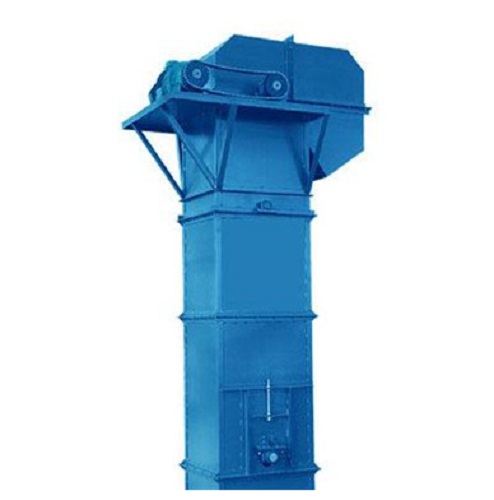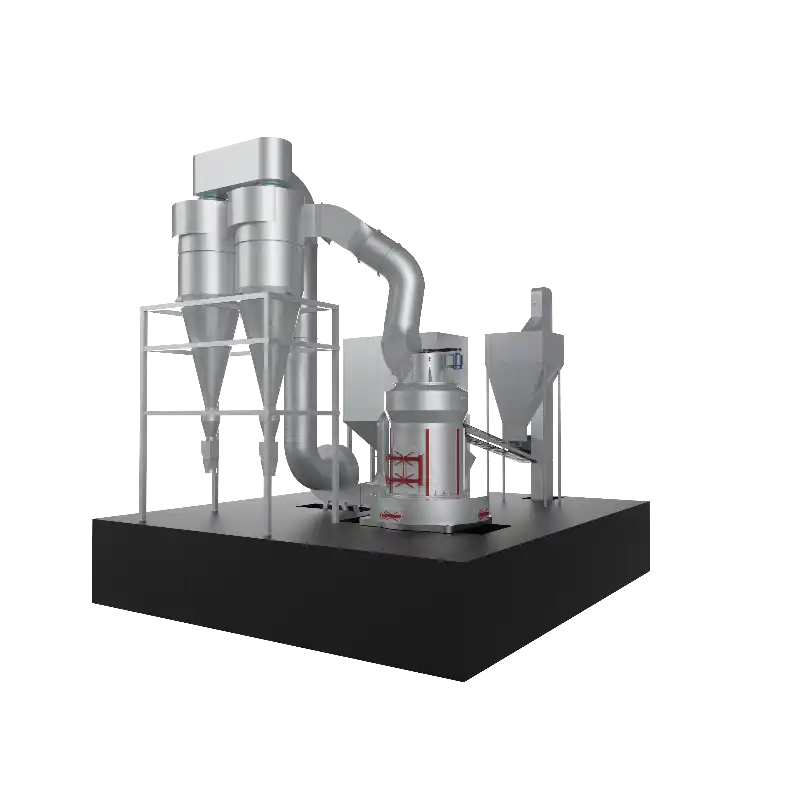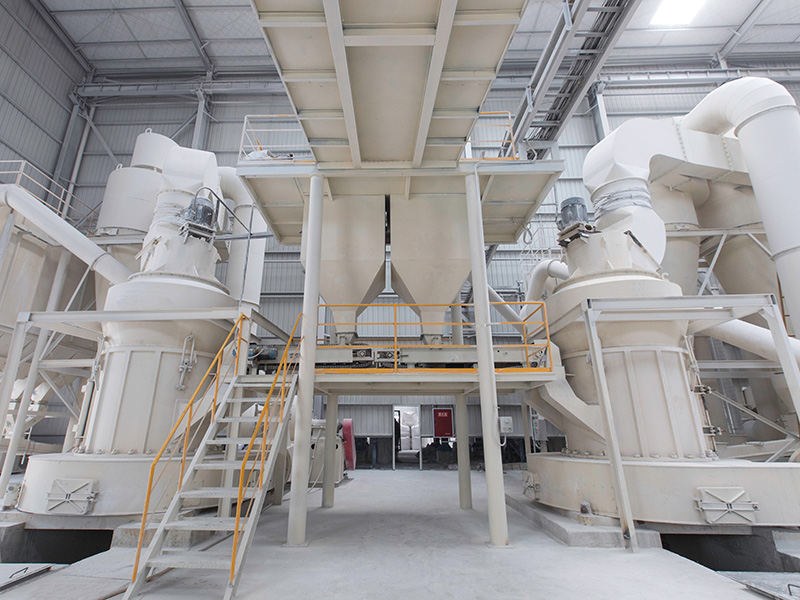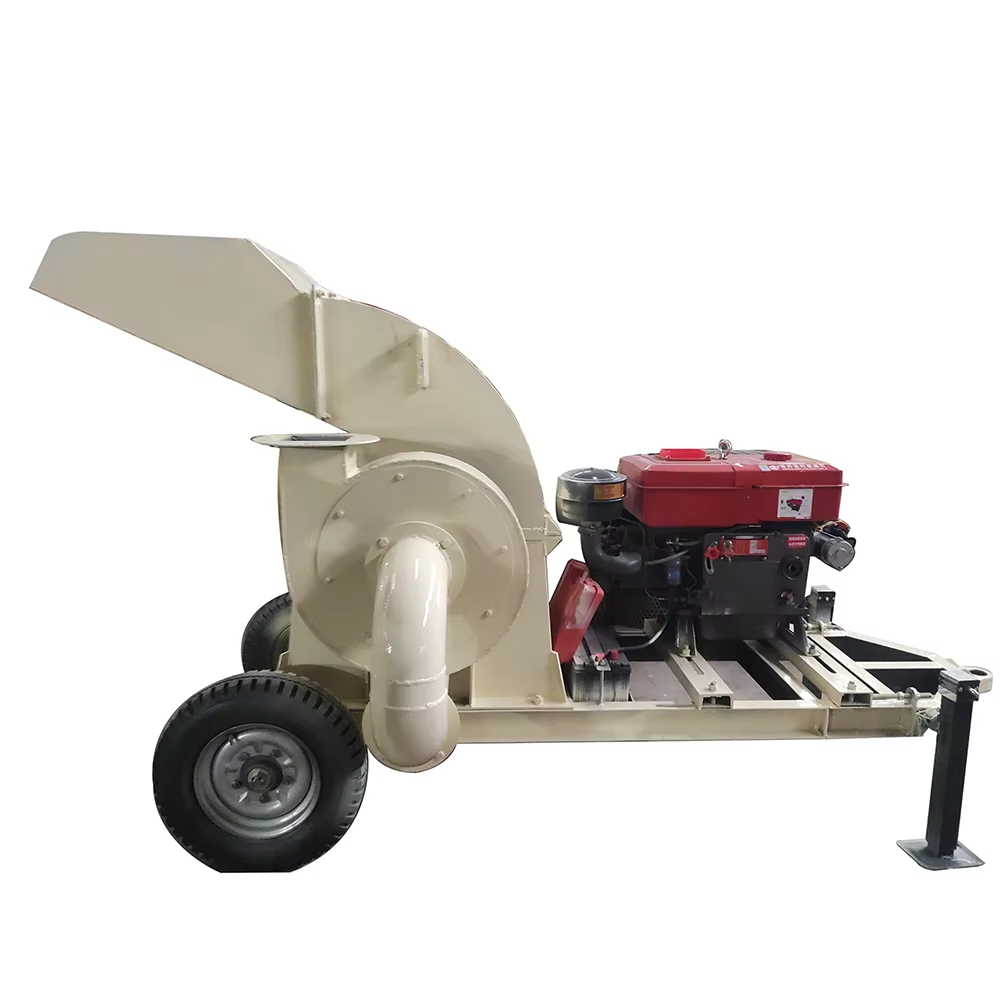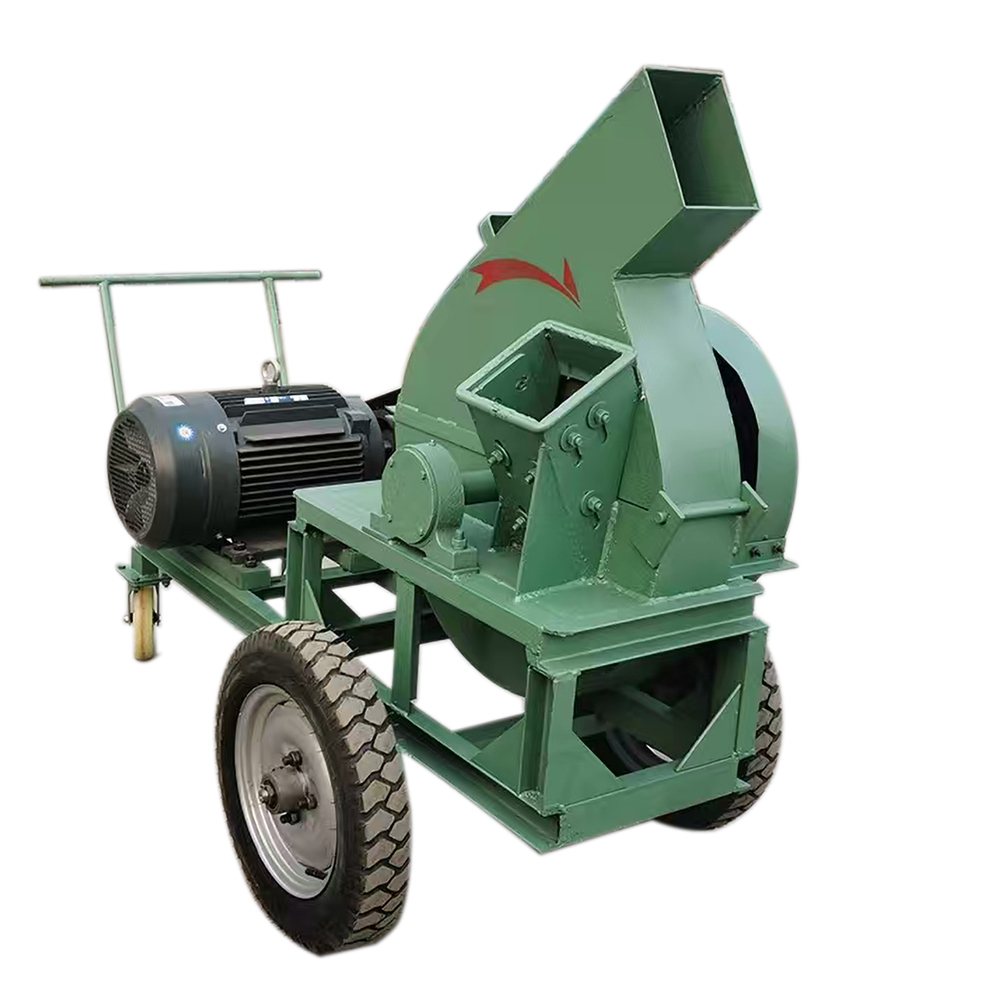
Lime is a commonly used basic material in industries such as construction, metallurgy, and chemical engineering, and the quality of lime is closely related to the type of limestone selected. To produce high-quality lime, it is necessary to select limestone with high calcium content, low impurities and good mechanical strength to ensure its stability during the calcination process and the quality of the product. When choosing limestone, apart from the calcium content, several other key factors also need to be considered.
The first point: The calcium content should be high
The amount of calcium in limestone is the primary criterion for determining whether it can be used to produce good lime. The main active component of lime is calcium oxide, which is the decomposition of calcium carbonate in limestone after high-temperature calcination. Simply put, the higher the calcium content of limestone, the more calcium oxide it can be converted into, and the better the purity and activity of the final lime.
From the perspective of actual production, the calcium content of limestone used for burning lime is generally above 50%. This number was determined through long-term production trials and was not set randomly. High-calcium limestone not only produces more calcium oxide and fewer ineffective components when burned, but also enables the lime to react more actively in subsequent use. For instance, during metallurgy, highly active lime can react more quickly with impurities in molten steel, thereby enhancing the purity of the molten steel. When used in construction, high-purity lime can make mortar and concrete more solid and durable. If the calcium content is insufficient, the effective components in the lime will be less, and the impurities will relatively increase. This not only affects the performance but also causes enterprises to consume more raw materials and increase costs.
Second point: There should be few impurities
Apart from calcium content, impurities in limestone can also seriously affect the quality and production of lime. Common impurities include elements such as silicon, aluminium and iron, which can cause quite a few problems.
First of all, impurities will reduce the purity of lime. During calcination, these impurities cannot be transformed into effective components and will remain in the lime in the form of oxides, reducing the purity of the lime and affecting its usage effect. For instance, if the silicon content is high, it will make the mortar unusable and have low strength when used to mix it. During chemical production, it may also disrupt normal chemical reactions.
Secondly, impurities will increase the difficulty of calcination and consume more energy. With impurities like silicon and aluminium present, limestone needs to be burned through at a higher temperature. Originally, the temperature didn’t need to be so high, but now more fuel has to be burned, and the cost has gone up directly. If the temperature is not well controlled, the limestone will not be thoroughly burned, resulting in “underburning”, which will affect both the output and quality.
What’s more serious is that some impurities can cause limestone to crack during calcination. If there are volatile or expandable impurities in the limestone, it will rapidly produce gas or expand at high temperatures, causing a sudden increase in the internal pressure of the limestone and eventually causing it to burst. Fragments can clog the air ducts in the kiln, causing uneven calcination. They may also damage the equipment and even lead to safety accidents. So when choosing limestone, it is essential to select those with low contents of silicon, aluminum and iron.
The third point: The mechanical strength must be sufficient to reduce wear and tear

Limestone goes through many processes from mining and transportation to storage, crushing and calcination in the kiln. Whether it can break less and remain intact depends entirely on its mechanical strength.
Limestone with high strength is less likely to be crushed too finely by blasting during mining and can form lumps. It is not easily damaged even when jolted or squeezed during transportation, and less powder is produced. When stored in stacks, it will not be crushed due to its own weight, reducing waste.
If the strength is insufficient, every part is prone to breakage. The crushed powder does not meet the particle size requirements for calcination and can only be wasted. It will also generate dust, pollute the workshop environment and affect the health of workers. At the same time, the crushed materials will also increase the burden on the crushing and screening equipment, shorten the equipment’s lifespan and raise maintenance costs. Therefore, choosing limestone of appropriate strength can make the production process smoother, reduce waste and lower costs.
If in your actual production, you not only need to further clarify the specific selection details of limestone, but also hope to understand the professional equipment that is highly compatible with the processing technology to achieve an efficient connection of “raw materials – equipment – finished products”, please feel free to contact Cronus.
Cronus can provide detailed solutions covering equipment parameters, process customization, capacity planning and other aspects, helping you to smooth out the entire process of calcium hydroxide processing and achieve a dual improvement in production efficiency and product quality.


